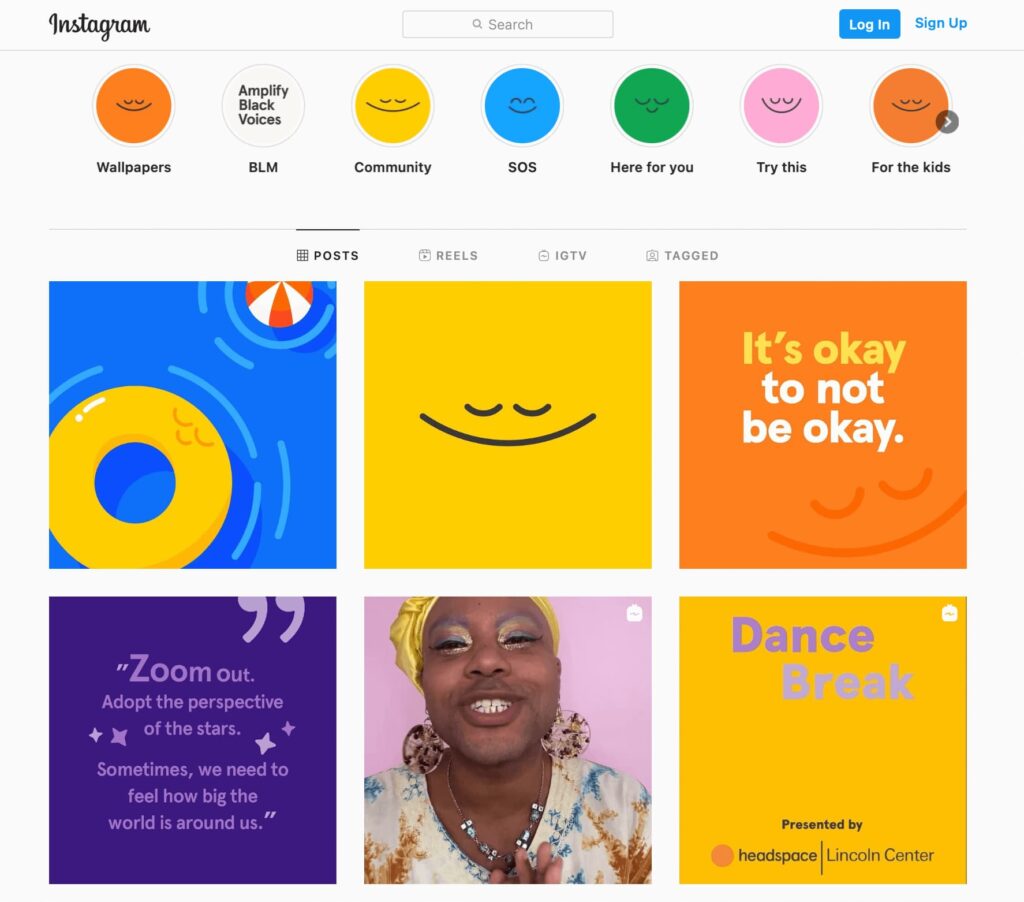Do you know how to create a visual brand identity? If you want your company to thrive on success and notoriety among many clients, both in reality and digitally, you must learn the pivotal characteristics of strong visual fidelity. This fact has been around since the beginning of civilization – helping the best goods on the market stick out from their competitors – and with the rise of the Internet and economic globalization, there has never been a better reason to stick oneself in everyone’s mind.
In today’s article, we’ll explore the strategies behind this whole process, teaching you how to create a visual brand identity the right way. Keep reading!
And don’t miss: What is digital marketing? The 10 pillars of success
What is a visual brand identity?
Ultimately, a visual brand identity refers to what it suggests – the appearance of a company, fostering its main colors and philosophy within a single image. Given the fact it’s the first contact (thereby impression) the consumers have with a product or service, its importance cannot be understated, and many times it’s the sole reason why the popularity of a brand skyrockets from day to night.
Think about it this way: you know you’re coming up to a McDonald’s the moment you see the golden arches on a red background. Even on the road, at God knows how many miles per hour, your eyes are automatically drawn to what your brain recognizes as delicious food, thus driving you to a halt whether you’re hungry or not, or at least making you consider getting food. That is the power of visual brand identity.

Sure, McDonald’s is a global enterprise that’s been on the market for the past fifty years – and its influence is on incomparable levels compared to small businesses – but you get the idea. Regardless of size, though, when we translate that into the digital realm, the personality of a logo is just as important – because it dictates how clients are going to see and relate to your brand from the get-go.
Stats show that it takes just 5 milliseconds for someone to form an impression of a website, which might happen even before the first click. The goal of a visual brand identity is to be easily recognizable and stick in everyone’s mind as much as possible; a strong impression aims for credibility, professionalism, relevancy, and uniqueness in any industry.
How to create a visual brand identity
To create a great visual brand identity, you must know beforehand the entire foundation of what you’re building, which means pinning down every physical and ethical element that composes your company. To pave a successful path and highlight the presence of your brand amid rivals, the creative philosophies should be concise and efficient from the beginning.
The basis of your strategy should revolve around your brand’s name, heart, essence, and messaging. Once you have it planned out, it’s time to take it off the paper one step at a time. Below, we’ve listed the main steps on how to create a visual brand identity from the ground up.
1. Understand your team, your audience, and your competition
Start by stating your brand’s core values, mission, and personality – identify, as a group, what makes your brand unique and differentiates it from competitors. Then, think about your target audience’s preferences, demographics, and behaviors. Tailor your visual identity to resonate with a specific persona.
After that, you should research your industry and competitors to gain insights into effective branding strategies. Identify trends and best practices that align with your brand’s goals.
2. Flesh out a brief with a capacitated team
Collaborate with a team to outline your brand’s goals, objectives, and visual preferences, developing a creative brief that guides your brand identity creation process along the way. With that, you must create your ideal envisionment by designing a distinctive logo that, above all, encapsulates your brand’s essence.
Choose a color palette, typography, and imagery that aligns with your brand’s message and personality. Experiment with various design concepts, explore different ideas and approaches and be open to revisions and refinements to find the most effective visual elements.
3. Set up a style guide
Compile all your brand identity elements into a comprehensive style guide. Document guidelines for logo usage, color codes, typography, imagery, and layout. Ensure consistency in all brand materials by sharing this guide with your team and partners until everyone is on the same page.

To make the most out of your ideas, you must utilize professional graphic design software and tools like Canva and Adobe Creative Suite – because this can help you refine your visual brand identity with precision and efficiency. While you’re at it, leverage templates and features to streamline the design process and maintain a polished look.
What makes a strong identity nowadays?
So, as you can see, a strong visual brand identity helps convey your corporate personality, values, and purpose to the target audience. It’s an ongoing process that makes the brand recognizable, memorable, and distinct in a crowded, ever-growing market.
That said, even if you turn up with the best possible idea, the outcome will depend entirely on how it unrolls. The true scenario extends beyond a nice facade – over time, it embraces the way you communicate with your clients, the medium through which the products and services are sold, and how much geographical territory you can reach without losing the consistency of your essence. More than easily recognizable, your brand should be easily liked.
Here are key elements that contribute to an engaging visual brand identity:
- Logo: As said, a well-designed logo is the centerpiece of your brand identity. It should be simple, memorable, and versatile in various sizes and contexts, representing your brand’s essence while being instantly recognizable.
- Color palette: Consistent color choices create visual harmony and recognition, so select a primary color and a complementary palette that reflects your brand’s personality. Colors should resonate with your target audience and evoke specific emotions above all.
- Typography: Similarly, choose fonts that align with your brand’s character. Use one or two primary fonts for headings and body text, and ensure they are legible in different formats. Typography should be consistent across all brand materials to really drive the point home.
- Imagery: The choice of images and graphics should align with your brand’s values and messaging – whether using photographs, illustrations, or icons, ensure they are consistent in style, tone, and quality.
- Visual elements: Incorporate consistent iconography, such as patterns, icons, or symbols, that reinforce your brand’s identity. These elements can add depth and cohesiveness to the other creative areas.
- Layout and composition: Establish guidelines for how visual elements should be arranged on various materials, whether it’s a website, packaging, or marketing collateral. Consistency in layout helps create a unified look and feel for anyone who knows the bare minimum of your brand.
- Whitespace: Effective use of whitespace (negative space) can make your brand materials more visually appealing and easier to digest. It also helps direct the viewer’s attention to important elements.
- Consistency: Consistency is key to maintaining a strong visual identity in any form of media. For that, create brand guidelines that detail how all visual elements should be used across different platforms and materials, thus ensuring that your brand maintains a cohesive image wherever it is.
- Adaptability: However, that doesn’t mean your visual identity shouldn’t be adaptable to various mediums, from digital platforms to physical products. Ensure that your branding elements can be easily resized, scaled, and printed without losing quality or integrity. While consistency is important, it’s also essential to allow your brand identity to evolve to stay relevant and fresh. However, any changes should be thoughtfully considered and aligned with your brand’s core values.
- Feedback and testing: Seek feedback from your audience and conduct usability testing to ensure that your visual identity effectively communicates your brand’s message and resonates with your target audience the way you planned.
Get help with logo creation and branding for small and medium businesses
Are you struggling with the perfect choice of colors and words? If so, our team at Laços can give you a hand – and help you with anything marketing-related while at it, particularly when it comes to a powerful visual identity in the virtual world.
As a digital marketing agency based in Brazil, we provide the right team for all your needs on this front. In fact, you can schedule a free meeting with us right now – and you’ll leave the reunion with a vast overview of what your company requires, the first steps to creating lucrative strategies, and how to optimize your current online activities with a brand-new visual aid.






